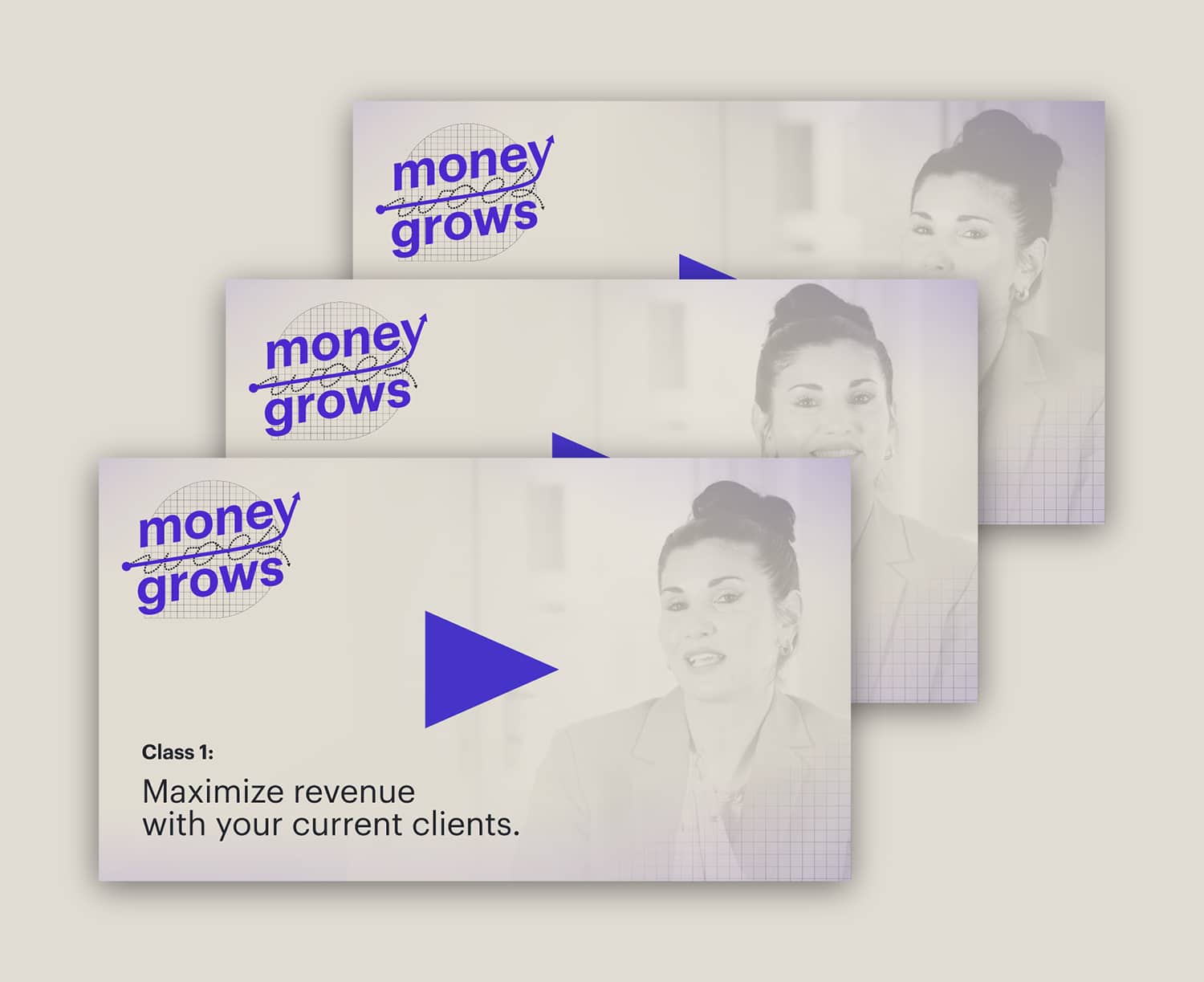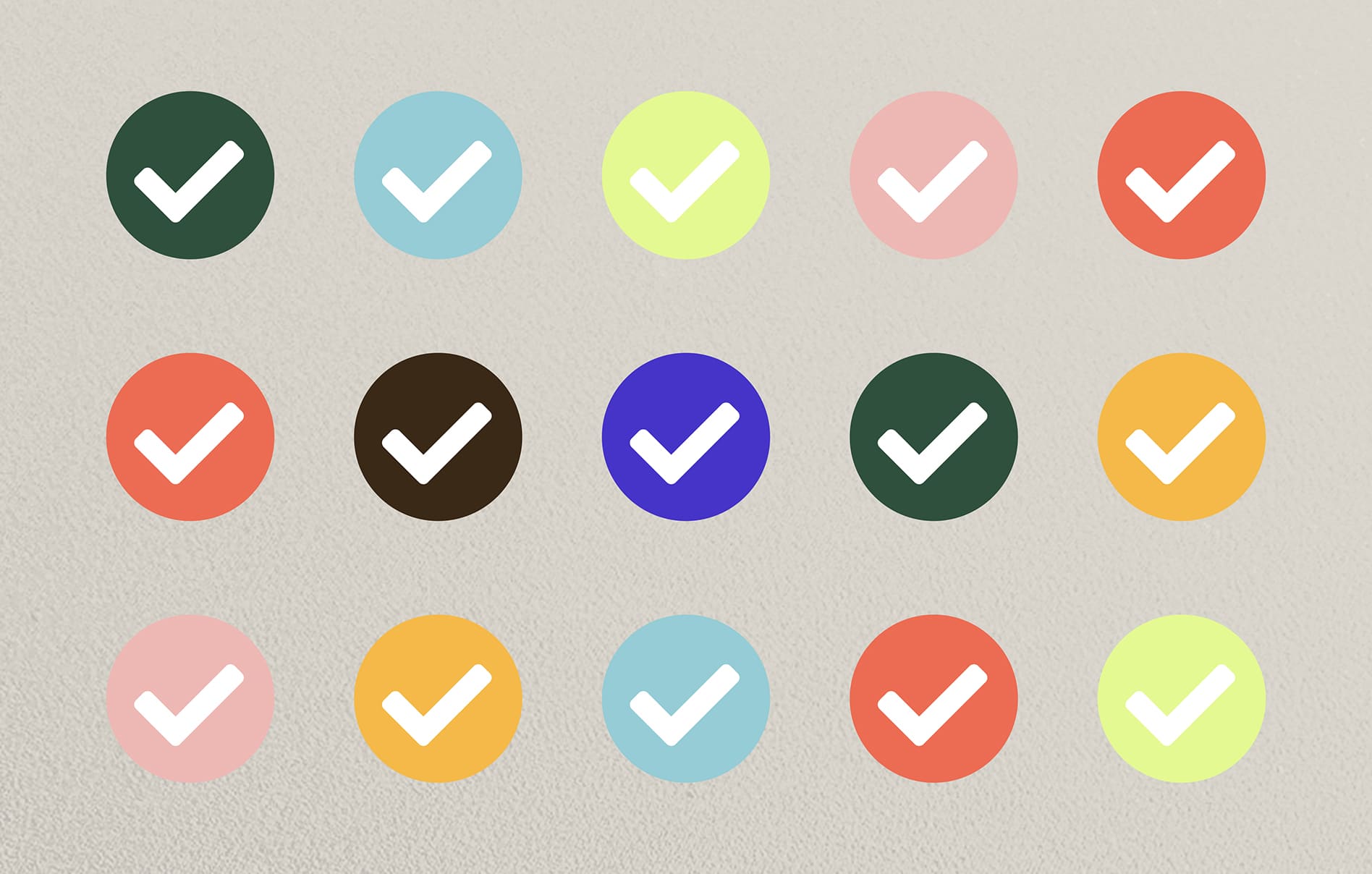Over the last couple years, the term “PPP Loan” has surfaced in pretty much every corner of the internet:
Google, Twitter, Facebook, our webinars.
More often than not, it’s linked to some heavy feelings.
Confusion. Anxiety. Frustration. Fear.
All that complexity means that many small businesses, particularly self-employed hair and beauty professionals, fitness instructors, and other service providers, assume they weren’t eligible to receive Paycheck Protection Program funding.
In reality, more people qualified than you’d think.
We turned to the team at Nav, a tech platform that provides personalized financing recommendations to small business owners, to help us sort through the mess.
Below, you’ll find all the straight talk to get you started, along with recommendations on where to learn more.
In this article:
What was a PPP, or Paycheck Protection Program, Loan?
Paycheck Protection Program Loans, or PPP loans, were meant to “help businesses keep their workforce employed” during the COVID-19 pandemic. They were provided by the U.S. government and overseen by the U.S. Small Business Administration, or SBA.
There are two types of PPP loans:
- First Draw PPP loans (for businesses who have not received a PPP loan before)
- Second Draw PPP loans (for businesses who have — as of January 13, 2021, those businesses can apply for a second loan through the program)
[Updated] Do You Qualify for a PPP Loan?
All PPP loan types and applications closed on May 31, 2021.
However, you can learn more about who qualified for these small business resources below:
“You don’t need to have a specific business structure. As long as you report your business income to the IRS, you may qualify.”
Gerri Detweiler, education director for Nav
Let’s get this out of the way: Don’t assume you don’t qualify because you’re self-employed.
PPP loans were available to self-employed individuals as long as they check certain boxes. In fact, according to the SBA, the following groups may be eligible for first draw loans:
- Sole proprietors, independent contractors, and self-employed persons
- Any small business concern that meets SBA’s size standards (either the industry size standard or the alternative size standard), which usually means 500 or fewer employees.
Here are three common employment set-ups for service providers — and what they needed in order to qualify for funding:
If You’re Self-Employed with No Employees
Think: Hair stylist, barber, fitness instructor, massage therapist, reiki healer…
“You don’t need to have a specific business structure. As long as you report your business income to the IRS you may qualify,” says Gerri Detweiler, education director for Nav. You also don’t have to have filed your latest tax return just yet.
“You can qualify based on either 2019 or 2020 net profit — or for loans approved after March 3, 2021 — gross income,” Detweiler advises.
“You don’t have to file your 2020 tax return yet, but you must fill out your Schedule C and it should be as accurate as possible.”
There are some additional caveats.
“If you don’t formally pay yourself payroll, you must report your business income to the IRS and that will help determine your loan amount,” says Detweiler.
“For PPP loans not approved by March 3, 2021, you have the choice of either using the amount on line 31 (net profit) or line 7 (gross income) on your Schedule C tax form to qualify. Divide that number (capped at $100,000) by 12 and then multiply by 2.5* to determine your loan amount.”
*Note: Businesses in the food and accommodations sectors may use 3.5 times average monthly net profit for a second draw PPP loan — just in case that’s you!
If You’re a Small Business Owner with Employees
Think: Salon owner, spa owner, fitness or yoga studio owner
If you have W-2 employees, you may qualify based on 2.5 times their average monthly payroll.
Plus, you can include your compensation in your calculation, either as payroll or, if you don’t pay yourself formal payroll, your Schedule C net profit or gross income.
“Keep in mind that anyone you pay on a 1099 basis does not count toward your payroll, says Detweiler. “They can apply on their own.”

How to Make More Money in 8 Weeks
We’re officially changing the conversation around money. Let’s talk growth.
Learn MoreIf You’re in Business with a Partner
Think: Co-owning a small studio or salon with another service provider
How you qualify will depend on your business structure.
But keep in mind that if you file your taxes as a partnership, each partner doesn’t apply on their own. Instead, they apply as a partnership.
The SBA provides step-by-step instructions for calculating loan amounts in their guidance on how to calculate loan amounts by business type.
How to Double-Check Your Qualifications
For more details on what sort of businesses qualify for this round of PPP loans, check out Nav’s article, “New Paycheck Protection Program (PPP) Loans: How to Qualify and Apply.”
“It may seem intimidating to apply for PPP, but spend a little time understanding the process to make sure you take advantage of this program if you qualify,” says Detweiler.
“We don’t know when things will be back to ‘normal’ again, and in the meantime, it could mean free funding for your business.”
[Updated] How to Apply for a PPP Loan as a Self-Employed Hair Stylist or Barber (+ PPP Loan Forgiveness)
First, we encourage you to reach out to your accountant or tax professional.
(You’re already talking with them ahead of April 15 anyway, right?)
You also want to review all the resources provided by the Department of Treasury on the CARES act and small business loans.
Once you did that, make sure you submit your application at least a week before the deadline, so the lender has time to submit it for approval with the SBA.
You can also read a detailed explanation of how to apply as a self-employed individual on Nav’s blog.
The team offers additional PPP resources, including a PPP loan calculator, and expert support through the PPP application process.
UPDATE: If you received PPP loans, check out the SBA’s resource on PPP Loan Forgiveness. It details:
- Loan forgiveness terms and conditions
- How to apply for loan forgiveness before tax season
- Forgiveness forms and instructions






